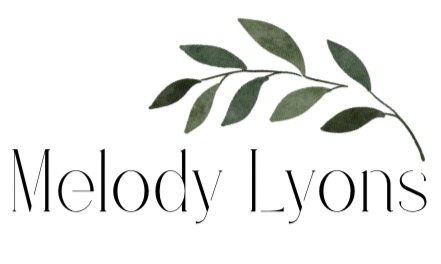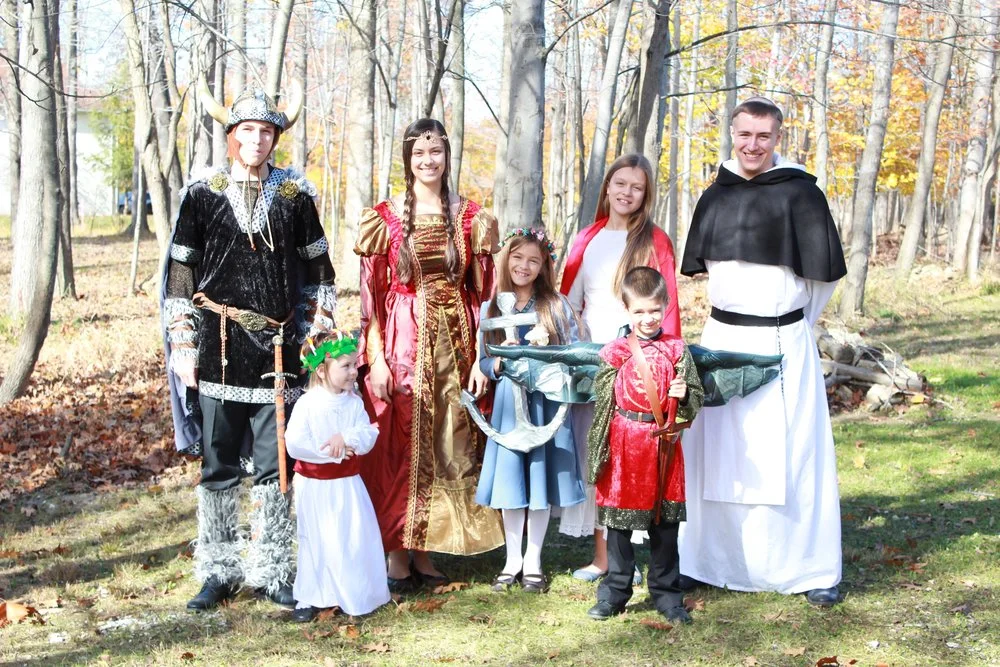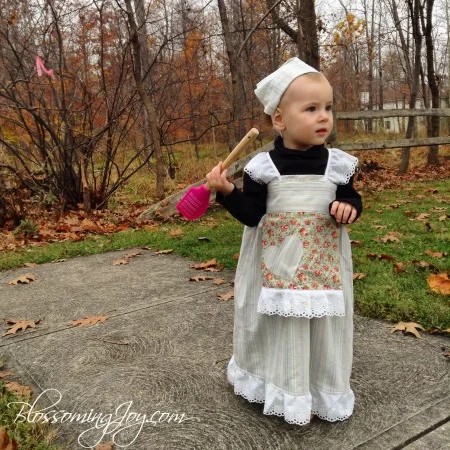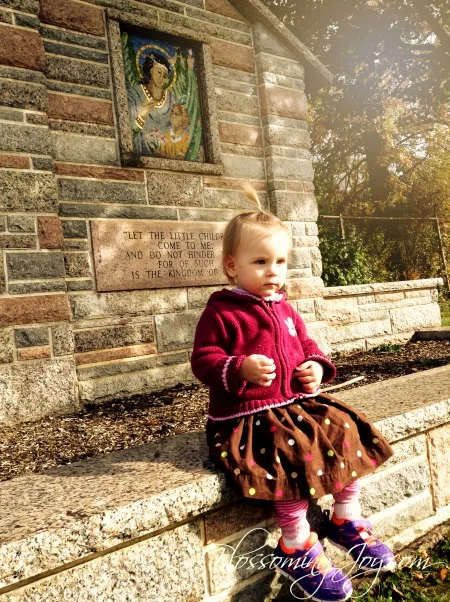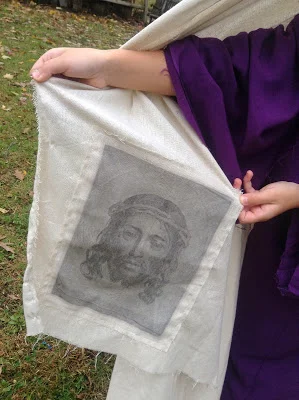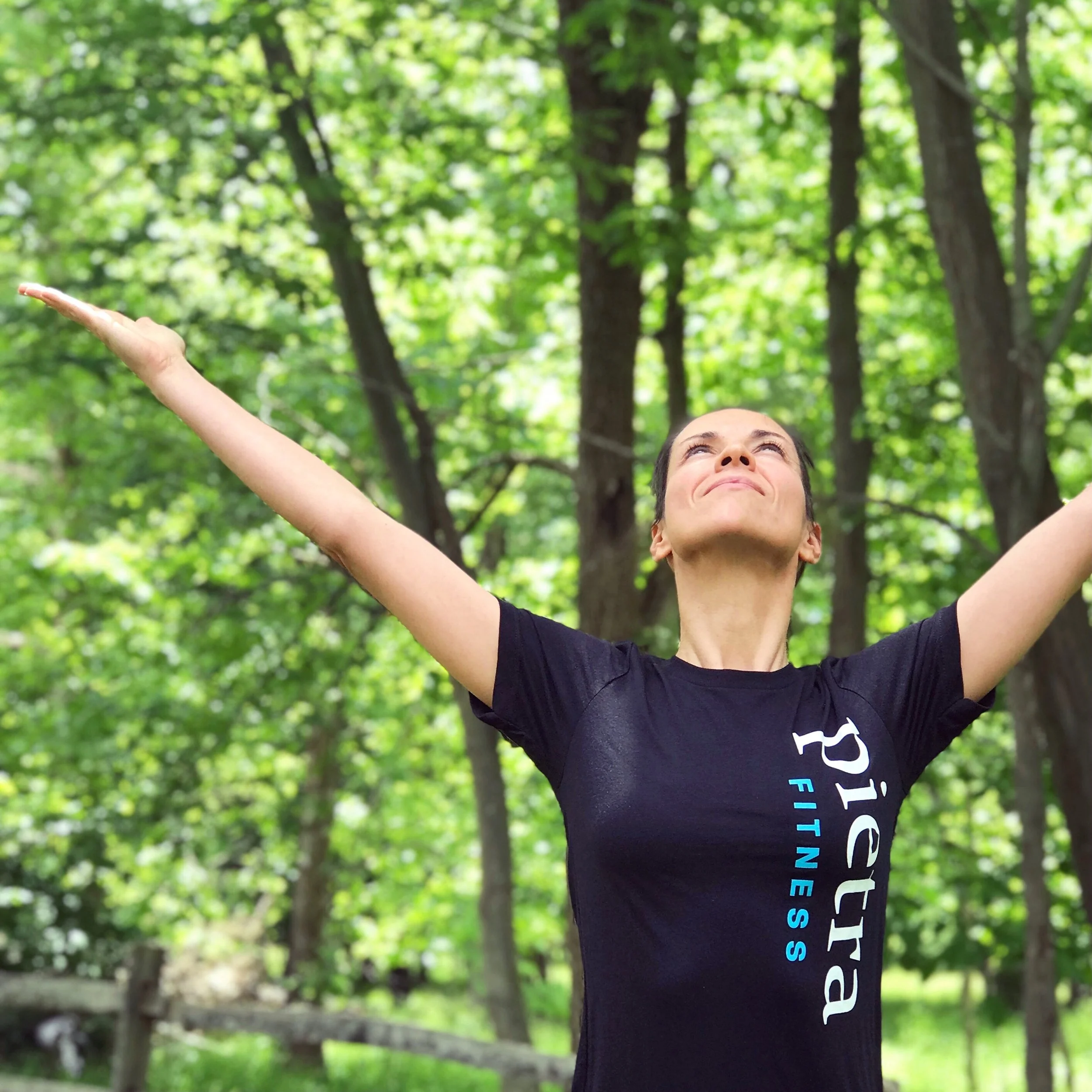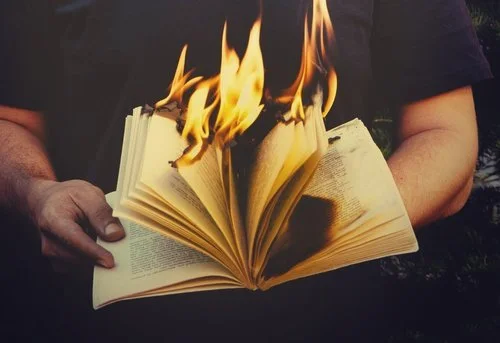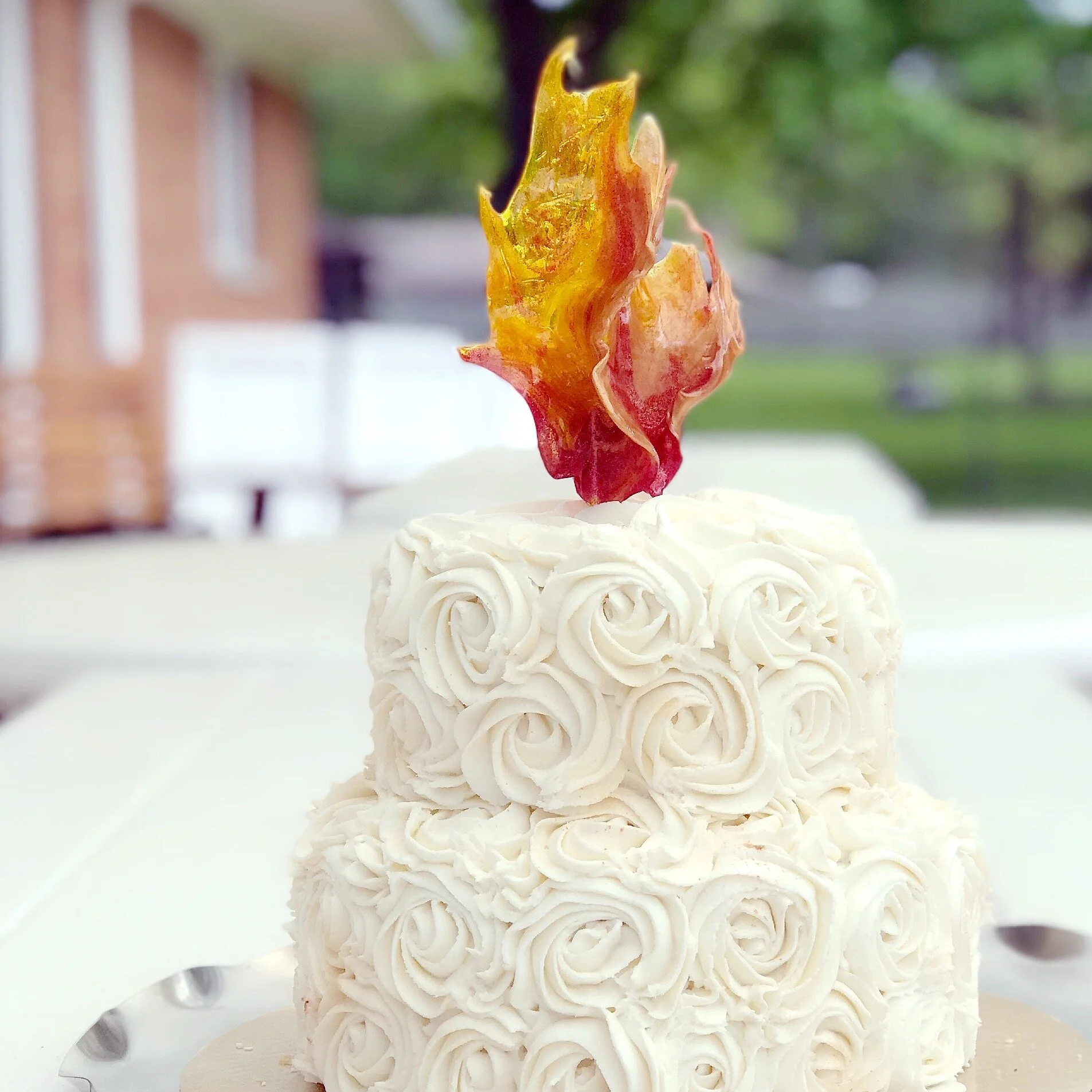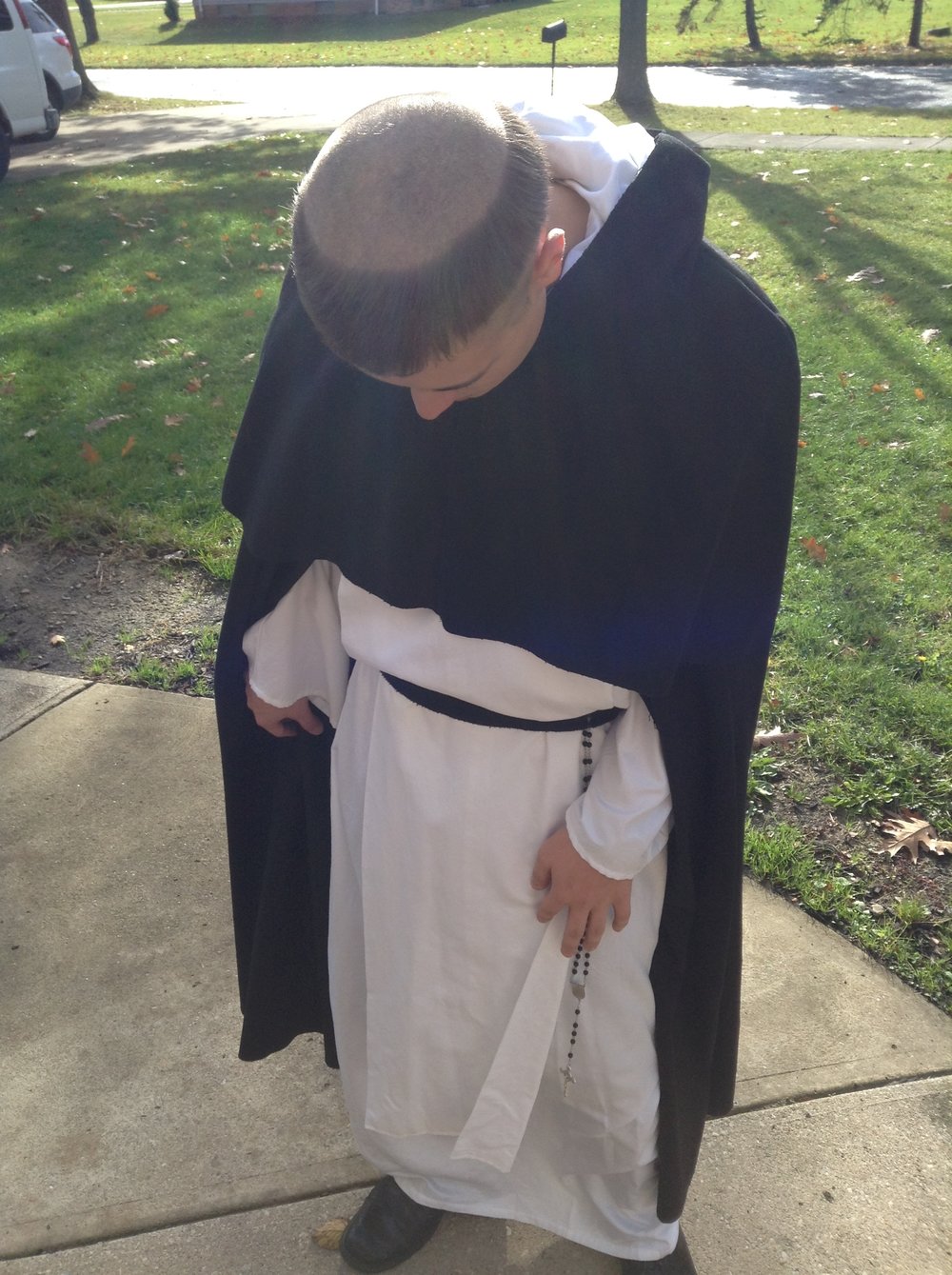There are several reasons why I do not celebrate Halloween -- the most superficial being that we dress up for All Saints' Day and ain't nobody got time to make two costumes each for 7 kids! Aside from that, secular Halloween practices often run contrary to a life of virtue and hope -- and even a benign costume and candy celebration on October 31st tends to undermine the greatness of the feasts of All Saints' and All Souls'. But I'm not going to focus on those today...
Today I'm going to write about death. And why secular Halloween teaches the wrong thing about the most important thing.
I've had death on the brain lately. I spent the last half year immersed in the subject of dying (specifically miscarriage, stillbirth and infant loss) as part of my bereavement doula certification process. I don't love the thought of death but I found my studies fascinating. It brought mortality very close to my daily life was a spiritual shot in the arm. I thought more than usual about the fragility of life and the state of my soul. I also learned more about what grief does to the survivors. One consequence was that I became convicted that understanding of and care during the time of death is a fundamental element to building a Culture of Life.
How does this relate to Halloween?
It didn't at first... until I began my training course in psychological first aid. I was in the middle of a module about caring for survivors of trauma, specifically children who have learned (suddenly) about the death of a loved one. The recommended approach was determined by the age of the child. The youngest ones would presumably have little experience with death and a vague or non-existent understanding of what death means. But it was the description of the next group that stuck with me. These kids were a little older and mature enough to know what it means to die but still too young to have much experience. The material described the primary obstacle to communicating with this age group: Their understanding of death was generally limited to the known skeletons and monsters of Halloween. As a result, the primary response to death was one of ignorance and fear.
Most people fear death to some degree. That's not the issue. What struck me as noteworthy in this case was that this secular disaster relief organization recognized the cultural practices of Halloween as an inhibitor to a child's healthy understanding of death. The reality in a faith context is that our American version of Halloween is terrible catechesis. In fact, I would call it anti-catechesis for providing the wrong answer to life's most important questions.
Such an attitude is typically modern American. We rush through grief. We sweep it under the rug. And we run from age and pain and death with a frantic passion. Halloween practices can encourage this dysfunction by contributing to confusion and ignorance of something that, when rightly ordered and supported, is actually our greatest moment of grace on earth.
I use the term "secular" Halloween practices but what are Catholic Halloween practices? They aren't defined by the Church. We do know that All Hallow's Eve (the Eve of All Saints'), is the vigil of one of the greatest feasts of the liturgical year. Feast day vigil masses are celebrated at this time. The day after All Saints' is All Souls' Day - the day that Catholics traditionally focus on the dead. So what role does the Eve of All Saints' (Hallow'een) technically have? Truly? Not much.
The celebration of Halloween has become a mammoth secular creature of our own making with the average American spending almost $80 on costumes alone. In an effort to "baptize" our cultural practices, some have made the vigil into something of a Catholic cultural festival centered around the topics of death and fear. Nothing wrong with a good party and some treats! But that’s not our primary concern here.
"Consult not your fears but your hopes and dreams" ~ Pope St. John XXIII
How does our cultural Halloween fail us? The psychological first aid training drew attention to the problem: We teach our children that death is something creepy to be mocked, to be looked at as a piece of fun darkness. As a consequence, that darkness becomes the primary lens through which our children see death.
Many bereavement professionals will tell you that the American cultural approach to death is unhealthy. As Christians, this is a matter of grave consequence. We fool ourselves into thinking that the deepest parts of our human nature can be trivialized without spiritual consequences. Truly, a good death is the one thing that every soul should long for. This is why the saints entered their death scene with joy and hope. This is why we celebrate their feast days on the memorial of their deaths. For the saints, the day of death is a day of rejoicing.
"Death is nothing else but going home to God, the bond of love will be unbroken for all eternity." ~ Mother Teresa of Calcutta
Am I suggesting that we can never be "real" about scary things? Absolutely not. Am I suggesting that we can never jump out from behind a door to scare someone? Or put that horrible rubber rat in the pizza box to wait for a victim? No. What I am postulating is that the cultural secular Halloween is not a healthy context in which to explore the subject of death. We do not need to enter into sin to overcome sin. We do not need to don a mask of evil (especially in a superficial plastic costume way) in order to rise with Christ to new life. Jesus has won the victory through the Cross, and consequently, the Cross is beautiful to us. But only because the sacrificial act of Love is beautiful... not because we love or glorify the horror of the crucifixion.
With our renewed understanding of the gift of the body through John Paul II's Theology of the Body, it is a wonder that we still tolerate the gruesome depictions of the flesh on Halloween night. Personhood is lost. Morphed into a mass of bleeding flesh and parade of hideous creatures. If we could put a true face on our sinfulness, perhaps this is what we would see. But the Truth, Christ Himself, is also within us, and demands sacred respect.
St. John Bosco once called the Christian cemetery "an eloquent sign for those who enter in faith and prayer." Not creepy or frightening but "an eloquent sign." How beautiful! Unfortunately, it seems to be the human condition (concupiscence) to make ugly what God has made beautiful and to lose sensitivity to the joy of the eternal.
Shall we mock death? Shall we mock our own moment of grace? The best way to "mock death' is to live so fully alive in Christ that fear is annihilated. To immerse oneself in the Word of God that promises that death brings peace to the pure soul. To enter into the fullness of Sacramental life so that life is a shower of grace. And then to step out, full of the power of the Holy Spirit, to serve the needs of the suffering.
Mother Teresa did not throw a Halloween party to "mock death". She walked the streets of Calcutta and saw it in the eyes of the people and saw Christ Himself there. She picked up the abandoned, dying people of God whose wounds festered and were sometimes infested with maggots. She touched faces of pain and kissed the sores there. Was she too grave and rigid? Or shall we learn the lesson of her life as living catechesis. In light of her example and the model of all the saints, the modern Halloween custom becomes a mockery of true Love, which is the only worthy goal.
We do not need to look far for real fear. Beheadings, wars, ebola, abortion, violence, human trafficking, accident trauma, personal loss. How are we teaching our children to prepare for death? Shall we usher them into a classroom of darkness in order to learn? Or shall we keep them wholly in the light as the inevitable pain and agony come to visit them?
What do I ultimately want for my children? A good death. The moment of death is a sacred event that will hopefully see us washed in unprecedented graces. It is the moment we have lived for, when a soul devoted to Love steps into the arms of mercy forever. Many secular Halloween celebrations are often at best, a distraction from that goal and at worst, a distortion.
I have read attempts to explain how the use of evil imagery draws us closer to Christ. The annual articles are starting to roll in and one defense in particular caught my eye yesterday. It already has hundreds of Facebook likes and is filled with big words and language that sounds like authoritative Church. The author tells the reader why Catholics should absolutely participate in a dark Halloween. The ideas seem (on the surface) lofty and Catholic and spiritual. The Catholic author writes on a Catholic site:
"Halloween rejoices in this triumph through playful parody, or exultant mockery, of evil by subjecting the powerless symbols of the devil to satirical derision. Witches, goblins, ghosts, skeletons, and the other grotesque objects of man’s imagination are the caricatures of a dethroned evil. There is no fear in these, or even in the devil himself, by the indomitable strength of Christ. Men are the masters, and no longer the servants, of these elemental creatures."
This is wholly unsupportable through Sacred Scripture or Sacred Tradition. There is no approved tradition whereby we put on the mask of sin in order to prevail over it. The demons and angels are not "elemental" but spiritual and powerful. Nowhere are we exhorted to dance among the symbols of evil. Even if there is merit in the piece (which I contest), the reality is that most Catholics who like the article will use it primarily as a defense of their participation in the vacuous secular celebration... which is neither lofty, nor Catholic, nor profoundly spiritual.
What is it that the Christian longs for more than anything in life? A GOOD DEATH. A holy death. Scripture tells us that "the sting of death is sin" and that "death has been swallowed up in victory." (Romans 8:31-39) Christ has conquered! There is nothing left to fear except the loss of heaven and the pains of hell. And yet we insist on spending our time playing in the dark. Mocking death.
Where is that exhortation in Catholic tradition? I have not yet found it.
I remember the day I delivered my lifeless baby, Matthew. He was two inches long and marvelous. Some might have seen his little body as gross or gruesome since his skin was translucent and bloodied and his eyes still unopened. But I thought he was beautiful. On that day, my soul also began to yearn much stronger for eternity. The mystery of death was slightly penetrated. And although I grieved heavily, I found that I was less afraid of death. Because of his life and loss, I no longer see death in a "Halloween way." And I do not wish to. Horror will come... sorrow will come... fear will come... all unwilled and unwanted. The true test of our culture is how we have prepared ourselves to deal with it.
My own kids will someday wear blood and hold death in their hands. They will see tragedy and trauma. They will probably witness a beheading or live murder recorded on the internet. I will not shield them from the reality of death. My goal is to prepare them to serve the suffering and wounded who seek the merciful compassion of Christ. They will see plenty of horror on that journey. We don't need a night of candy and plastic ghouls to guide our souls to a Catholic understanding of these things. The real lessons come in the down and dirty of living the works of mercy in the context of a sacramental life.
And that can get downright scary. Jesus, Light of the World, have mercy on us.
